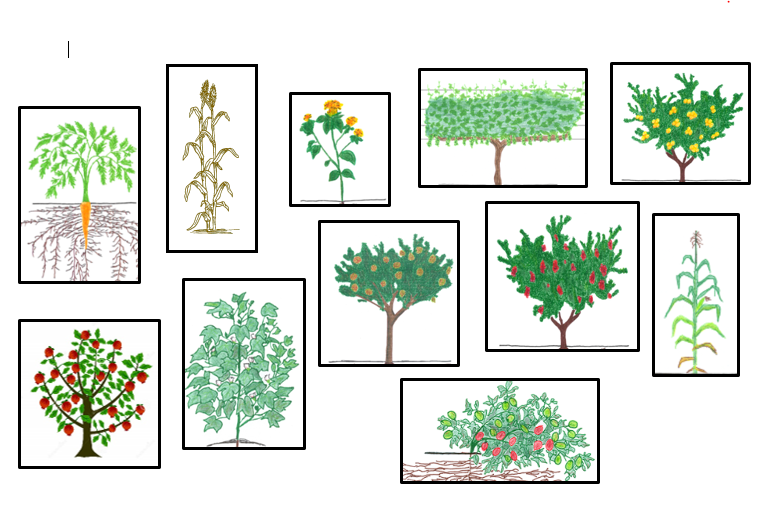Project Leaders: Charlotte Gallock, Kings River Conservation District, John Dickey, Southern San Joaquin Valley Management Practices Evaluation Program (MPEP), and Ken Cassman, Senior Agronomic and Soils Advisor
Project Status: Year One
Overview: The goal of this project is to assist Central Valley growers and coalitions with nutrient management planning and performance assessment by updating nitrogen (N) removal coefficients and nitrogen sequestration rates for 25 California crops.
Background: The Central Valley Regional Water Quality Control Board, through the Irrigated Lands Regulatory Program (ILRP), requires growers to report the amount of nitrogen applied and removed from their fields. Applied nitrogen that is not removed from fields through harvest can be incorporated into perennial tissues, remain in the field as available N for future fertilization, or potentially leach to groundwater. For growers to make informed decisions on maximizing the efficiency of nitrogen applications, more data is needed on the N concentrations of harvested plant materials and the amount of N stored in woody tissues.
In 2016, Dr. Daniel Geisseler published a report summarizing N concentrations for 72 crops, based on current available literature. Geisseler’s report acknowledges that many of the available conversion factors are based on older data that may have been determined based on farming systems outside of California, which may not reflect current Central Valley agriculture. (https://apps1.cdfa.ca.gov/FertilizerResearch/docs/Geisseler_Report_2016_12_02.pdf)
Additional information is needed to help growers and coalitions accurately report and plan nitrogen application and removal.
Objectives: This project will assess the nitrogen concentration in harvested materials removed from fields (N removed) for approximately 25 crops. Harvest samples will be collected and analyzed for eleven of those crops (carrots, grain and silage corn, peaches, pima cotton, pistachio, plums, pomegranates, raisins, safflower, grain and silage sorghum, and processing tomatoes) and data for the remaining crops will be pulled from existing sources and projects.

This project will also establish values for the annual amount of nitrogen stored in standing biomass for seven perennial crops. This information will be based off tissue samples collected and analyzed, as well as crop data from current literature and research.
Reaching Growers: Once collected and analyzed, the new data will be published as an update to Dr. Geisseler’s report “Nitrogen Concentration in Harvested Plant Parts – A Literature Overview.” The data will also be used to update existing support tools for growers, including MPEP’s “Crop Yield to Nitrogen Removed Calculator” (http://agmpep.com/calc-y2r/).
Other resources available to growers include:
• Nutrient Removal Calculator through the International Plant Nutrition Institute (IPNI) (https://www.ipni.net/app/calculator/home)
• Nutrient Content of Crops Tool through USDA Natural Resources Conservation Service (NRCS) (https://plants.usda.gov/npk/main)
For more information or questions about FREP-funded projects, please contact us at FREP@cdfa.ca.gov. You can also subscribe to the FREP blog for updates on this project and other projects.


